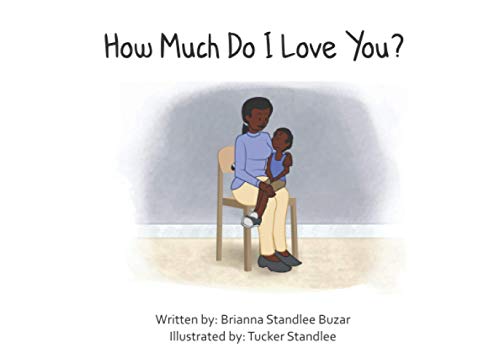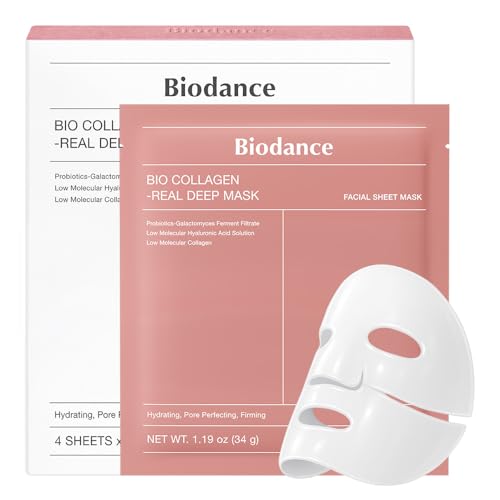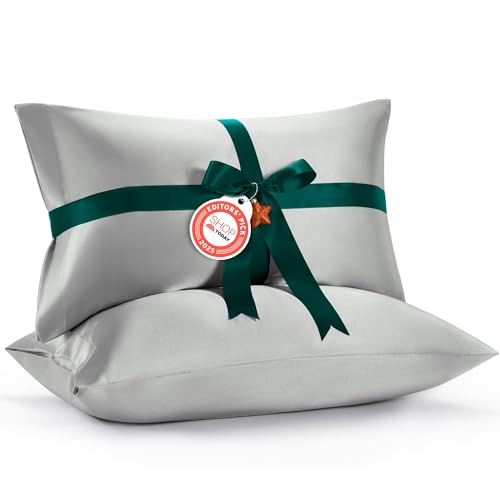Choosing the right mulch can make a big difference in your garden’s health and appearance. I’ve often found myself wondering about the costs involved and what factors influence the price. Whether you’re a seasoned gardener or just starting out, understanding mulch pricing is essential for budgeting your landscaping projects.

From organic options like shredded bark to inorganic choices like rubber, mulch prices can vary widely. I’ll walk you through the different types, their costs, and tips to get the best value for your money. Let’s dive in and explore how much mulch really costs and how you can make an informed decision for your garden.
Types Of Mulch
Choosing the right mulch type affects both cost and garden health. I explore the main categories to help you make an informed decision.
Organic Mulch
Organic mulch decomposes naturally, enriching the soil. Common types include:
| Type | Cost per Unit | Benefits |
|---|---|---|
| Wood Chips | $30 – $60 per cubic yard | Long-lasting coverage |
| Straw | $3 – $6 per bale | Good moisture retention |
| Compost | $20 – $50 per cubic yard | Improves soil fertility |
| Pine Needles | $40 – $70 per cubic yard | Excellent weed suppression |
Benefits of organic mulch include enhancing soil structure and providing nutrients over time. It requires replenishing as it breaks down.
Inorganic Mulch
Inorganic mulch doesn’t decompose, reducing maintenance. Common types include:
| Type | Cost per Unit | Benefits |
|---|---|---|
| Rubber Mulch | $50 – $100 per cubic yard | Durable and vibrant colors |
| Gravel | $20 – $60 per cubic yard | Excellent drainage and longevity |
| Landscape Fabric | $0.50 – $2 per square foot | Prevents weed growth, allows water penetration |
| Plastic Mulch | $0.30 – $1 per square foot | Ideal for moisture retention in vegetable gardens |
Inorganic mulch maintains appearance longer and requires less frequent replacement, making it cost-effective over time.
Factors Influencing Mulch Costs
Several factors impact the overall cost of mulch. I focus on material selection, quantity required, and labor for installation to determine the expenses.
Material Selection
Different mulch materials come at varying prices and offer unique benefits. Organic mulches like wood chips cost between $30 and $60 per cubic yard, while inorganic options such as rubber mulch range from $40 to $80 per cubic yard. The quality and source of the mulch also affect pricing; higher-grade materials may have a higher upfront cost but provide better long-term value.
Quantity Required
The amount of mulch needed depends on your garden’s size and the desired depth. A standard recommendation is a 2-3 inch layer. To calculate the quantity:
| Area (sq ft) | Depth (in) | Cubic Yards Needed |
|---|---|---|
| 500 | 3 | 3 |
| 1000 | 3 | 6 |
Accurate measurements ensure you purchase the right amount, avoiding excess costs or shortages.
Labor And Installation
Labor costs contribute significantly to total mulch expenses. Professional installation typically ranges from $50 to $100 per hour, depending on your location and the project’s complexity. While DIY installation can reduce costs, hiring experts ensures proper distribution and layering, which can enhance mulch effectiveness and longevity.
Average Mulch Prices
Understanding mulch prices helps me plan my gardening budget effectively. Here’s a detailed look at the average costs based on different purchasing options.
Per Cubic Yard
The price of mulch per cubic yard depends on the type you choose:
| Mulch Type | Price Range (per cubic yard) |
|---|---|
| Organic Mulch | $30 – $60 |
| Inorganic Mulch | $40 – $80 |
Organic mulches like wood chips and straw are generally more affordable, while inorganic options such as rubber mulch offer durability at a higher cost.
Per Bag
Buying mulch by the bag is perfect for smaller projects and offers more flexibility:
| Mulch Type | Price Range (per bag) |
|---|---|
| Organic Mulch | $3 – $7 |
| Inorganic Mulch | $5 – $12 |
Bagged mulch suits flower beds and garden borders, allowing precise application without the need for large quantities.
Cost-Saving Tips
Buy in Bulk
Purchasing mulch in larger quantities reduces the cost per cubic yard. For example, buying 5 cubic yards often costs less per unit than buying five separate bags. This approach minimizes packaging fees and delivery costs.
Choose the Right Mulch Type
Selecting a mulch that fits your budget without compromising quality saves money in the long run. Organic mulches like pine needles cost between $30 and $60 per cubic yard, while inorganic options like rubber mulch range from $40 to $80 per cubic yard. Matching mulch type to your garden’s needs ensures optimal use of your investment.
« Creating a DIY Fairy Garden: Step-by-Step Guide to Crafting Your Magical Miniature Garden Landscaping in the Deep South: Expert Tips for a Thriving Southern Garden »
DIY Installation
Installing mulch yourself eliminates labor costs, which can range from $50 to $100 per hour. Using rented tools or borrowing equipment from neighbors further reduces expenses. DIY installation also allows you to spread mulch evenly, maximizing coverage.
Reuse Existing Mulch
Refreshing your garden with existing mulch extends its lifespan. Raking and redistributing mulch every year maintains its effectiveness, delaying the need for new purchases. This method conserves resources and cuts down on overall costs.
Compare Prices from Multiple Suppliers
Shopping around ensures you get the best deal. Prices for organic mulch range from $30 to $60 per cubic yard, while inorganic mulch varies between $40 and $80 per cubic yard. Comparing local garden centers, online retailers, and bulk suppliers can uncover significant savings.
Seasonal Discounts
Purchasing mulch during off-peak seasons like late fall or early spring often comes with discounts. Suppliers reduce prices to manage inventory, allowing you to buy high-quality mulch at lower rates during these times.
Consider Delivery vs. Pickup
Opting to pick up mulch yourself avoids delivery fees, which can add $50 to $100 depending on the quantity. If pickup is feasible, it saves money and gives you control over the transportation process.
Utilize Free Mulch Sources
Exploring free mulch options like compost from municipal programs or using fallen leaves and grass clippings from your lawn provides cost-effective alternatives. These materials offer similar benefits to commercial mulch without the associated costs.
Conclusion
Finding the perfect mulch for my garden became easier once I understood the costs involved It’s all about balancing quality with your budget By exploring both organic and inorganic options I can choose what best suits my landscaping needs
Budgeting accurately ensures I get the right amount without overspending Keeping these tips in mind helps me make smart decisions and keeps my garden looking beautiful without breaking the bank
















